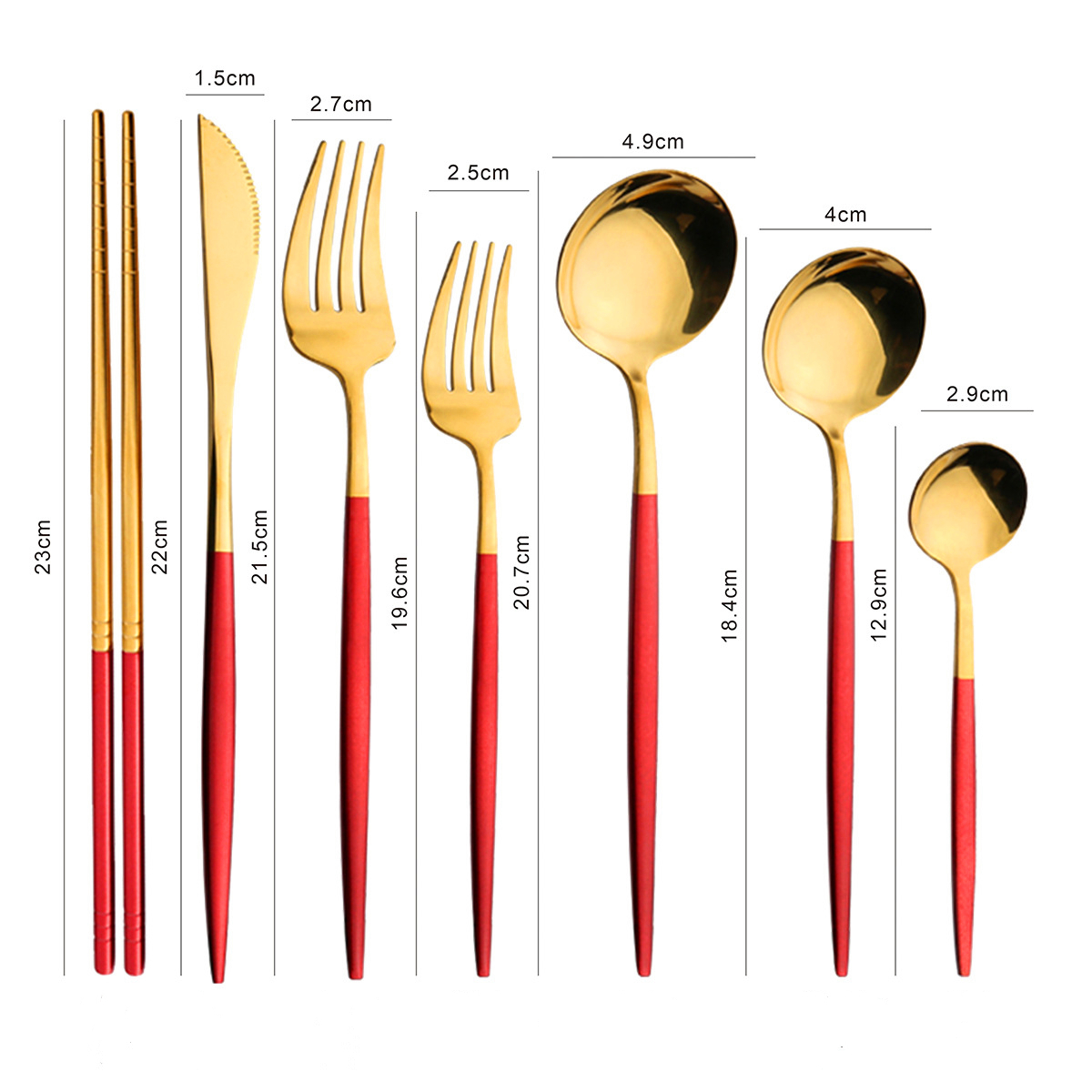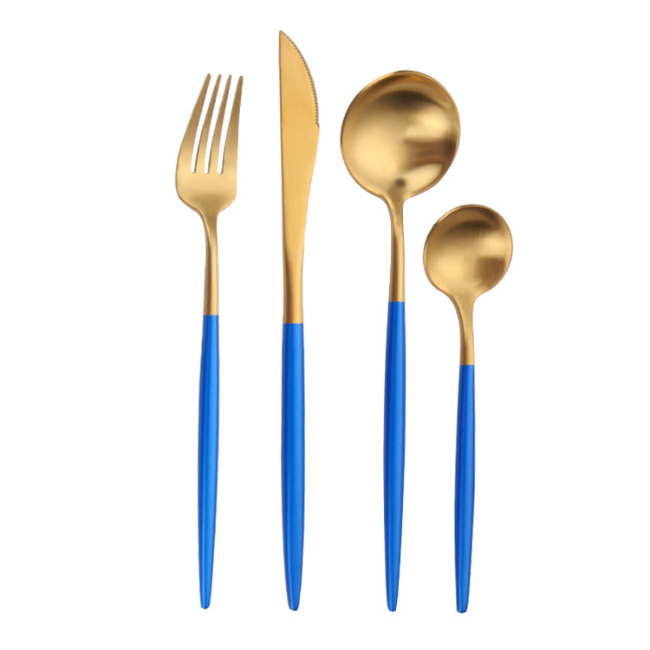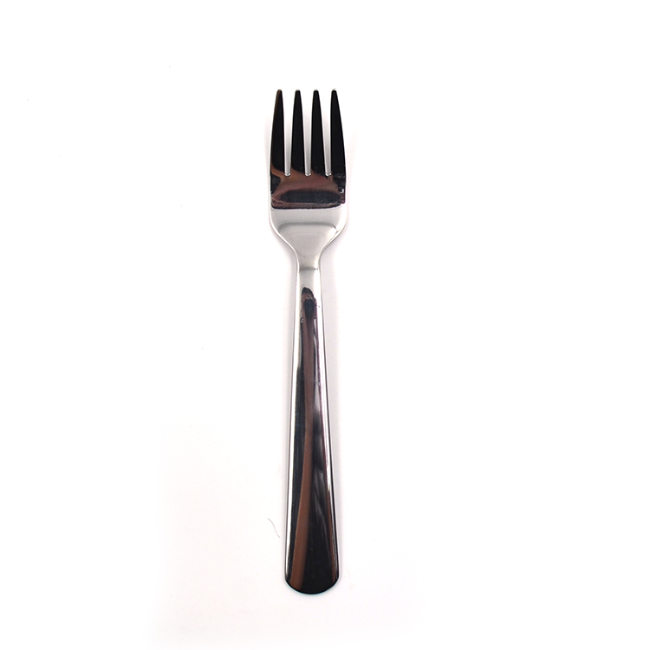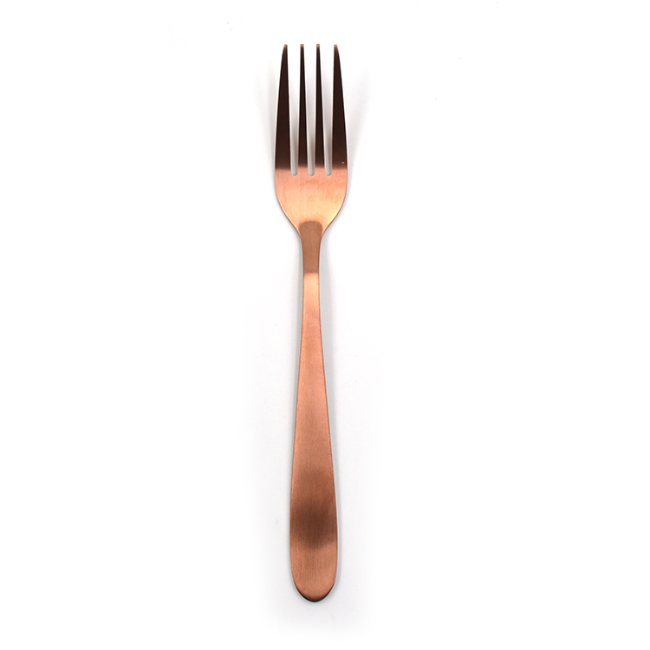
31 May
How Much Plastic Cutlery Thrown Away?
How Much Plastic Cutlery Thrown Away?Pla...
How Much Plastic Cutlery Thrown Away?
Plastic cutlery is one of the most commonly used disposable items worldwide. It is inexpensive, lightweight, and convenient, especially for take-out meals, outdoor events, and fast food. However, the widespread use of plastic cutlery also contributes to a growing environmental problem, as it is used once and then discarded. In this article, we will explore how much plastic cutlery is thrown away each year, the impact it has on the environment, and how choosing alternatives like stainless steel silverware and contemporary flatware 18/10 can help reduce waste. Let's dive into the facts and explore solutions for this global issue.
1. Plastic Cutlery: A Global Problem
Every year, billions of pieces of plastic cutlery are used and thrown away across the globe. Due to its single-use nature, plastic cutlery contributes significantly to environmental pollution. These items are often found in landfills and oceans, where they take hundreds of years to decompose.
Widespread Use: Plastic cutlery is a staple in fast food restaurants, take-out services, and at public events. As it is cheap and easy to produce, many businesses rely on plastic utensils for convenience.
Global Statistics: According to recent reports, over 40 billion pieces of plastic cutlery are discarded annually in the United States alone. Globally, the number is likely much higher, as plastic utensils are common in many parts of the world.
2. Environmental Impact of Plastic Cutlery Waste
The disposal of plastic cutlery creates a massive environmental problem. As plastic does not decompose easily, it accumulates in the environment, causing long-term damage to ecosystems.
Non-Biodegradable: Plastic cutlery can take up to 500 years to break down completely. Even when it does decompose, it releases harmful chemicals into the soil and water.
Marine Pollution: A significant amount of plastic cutlery ends up in the oceans, where it poses a threat to marine life. Sea creatures often mistake plastic items for food, leading to ingestion and death.
3. How Much Plastic Cutlery is Disposed of Each Year?
The statistics surrounding the disposal of plastic cutlery are staggering. In the U.S. alone, millions of pieces are thrown away every day, making it one of the top contributors to plastic waste.
Annual Disposal in the U.S.: More than 40 billion pieces of plastic cutlery are discarded in the U.S. each year. This equates to approximately 100 million pieces per day, most of which end up in landfills or oceans.
Global Numbers: When considering other countries that also rely heavily on plastic cutlery, the global disposal rate likely exceeds 100 billion pieces annually.
4. Alternatives to Plastic Cutlery
To combat the growing issue of plastic waste, many individuals and companies are turning to more sustainable alternatives to plastic cutlery. Here are a few options:
Stainless Steel Silverware: One of the best alternatives to plastic cutlery is stainless steel silverware. Stainless steel is durable, reusable, and easy to clean, making it a long-lasting option for everyday use. Homefelt offers a variety of contemporary flatware 18/10 sets that are both stylish and sustainable.
Bamboo Cutlery: Bamboo is a biodegradable material that offers a more environmentally friendly alternative to plastic. Many companies now produce disposable bamboo cutlery that is both functional and eco-friendly.
Compostable Cutlery: Made from plant-based materials like cornstarch or sugarcane, compostable cutlery is another great option that breaks down naturally, leaving no harmful residue.
5. How You Can Make a Difference
As individuals, there are several steps you can take to reduce the impact of plastic cutlery on the environment:
Invest in Reusable Cutlery: Choosing stainless steel silverware or contemporary flatware 18/10 from brands like Homefelt can help reduce the need for disposable plastic utensils.
Carry Reusable Cutlery: If you often get take-out or fast food, consider carrying a set of reusable cutlery with you to avoid using plastic utensils.
Support Eco-Friendly Brands: Brands that offer sustainable alternatives to plastic, such as Homefelt, help make it easier for consumers to make environmentally conscious choices.
6. Conclusion
The amount of plastic cutlery thrown away each year is a serious issue that contributes to global plastic pollution. However, by choosing sustainable alternatives like stainless steel silverware and contemporary flatware 18/10, we can reduce the demand for disposable plastic utensils and help protect the environment. Brands like Homefelt are leading the way in offering eco-friendly options that are both practical and stylish, making it easier than ever to switch to more sustainable products.





